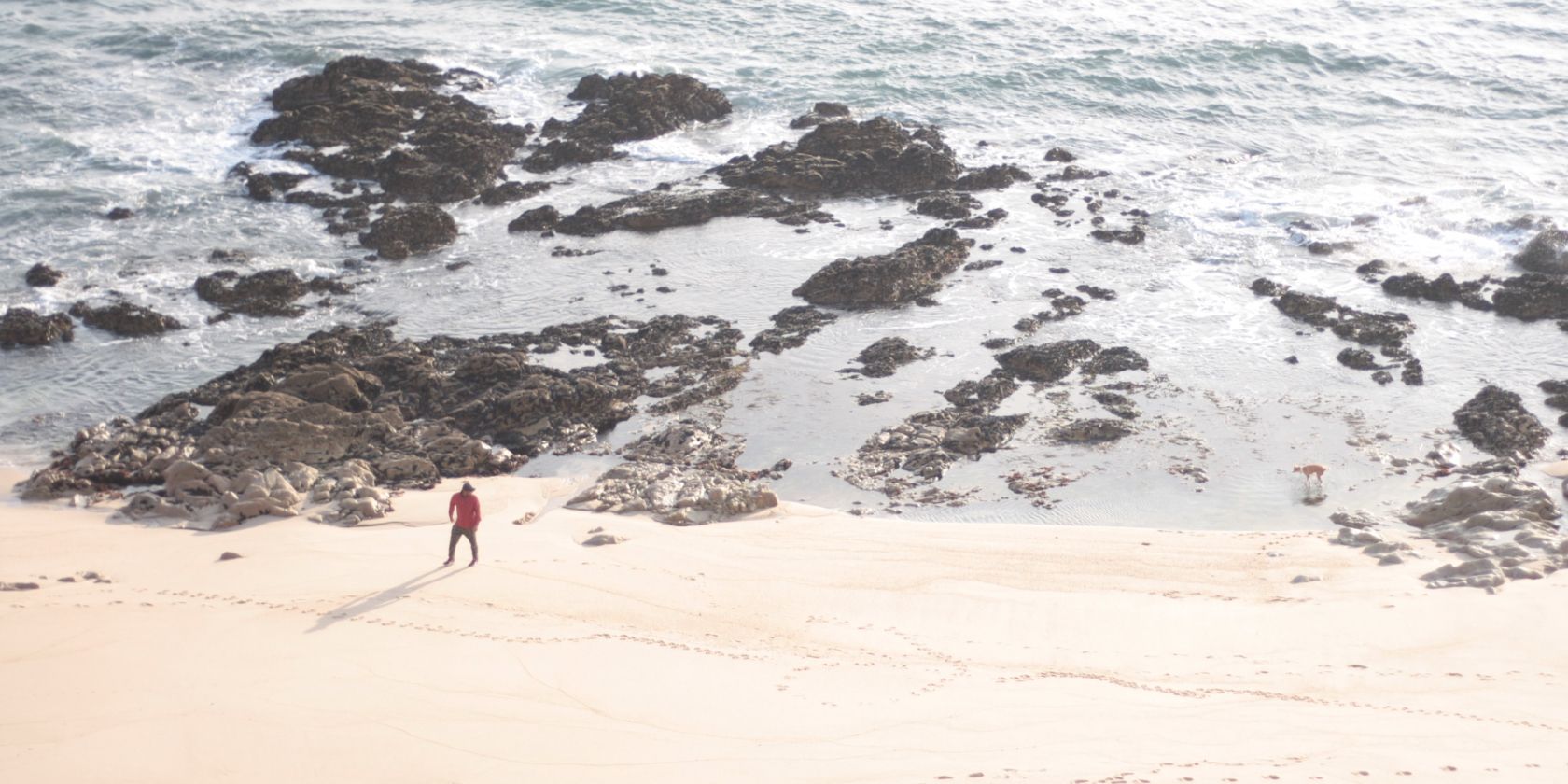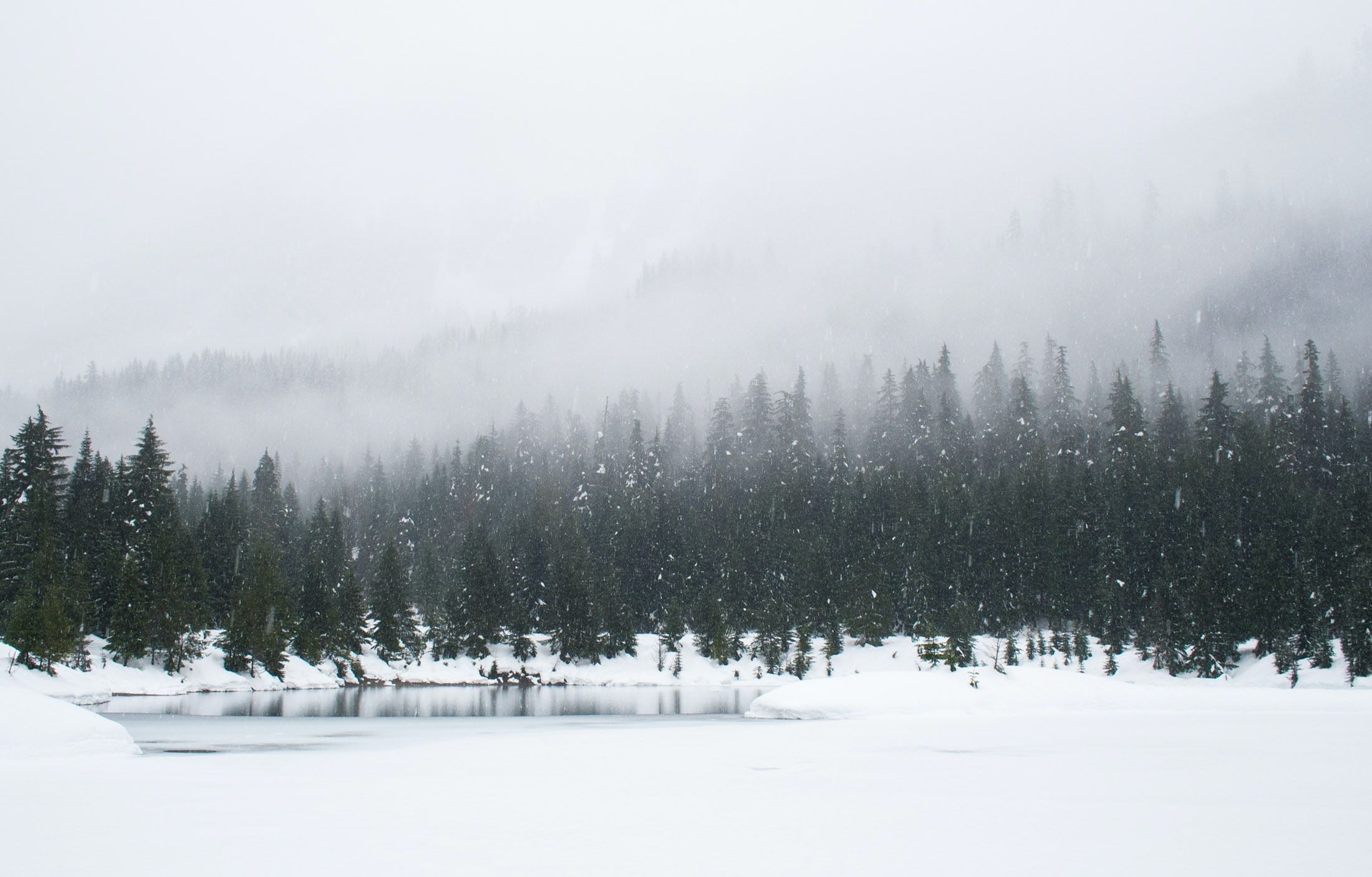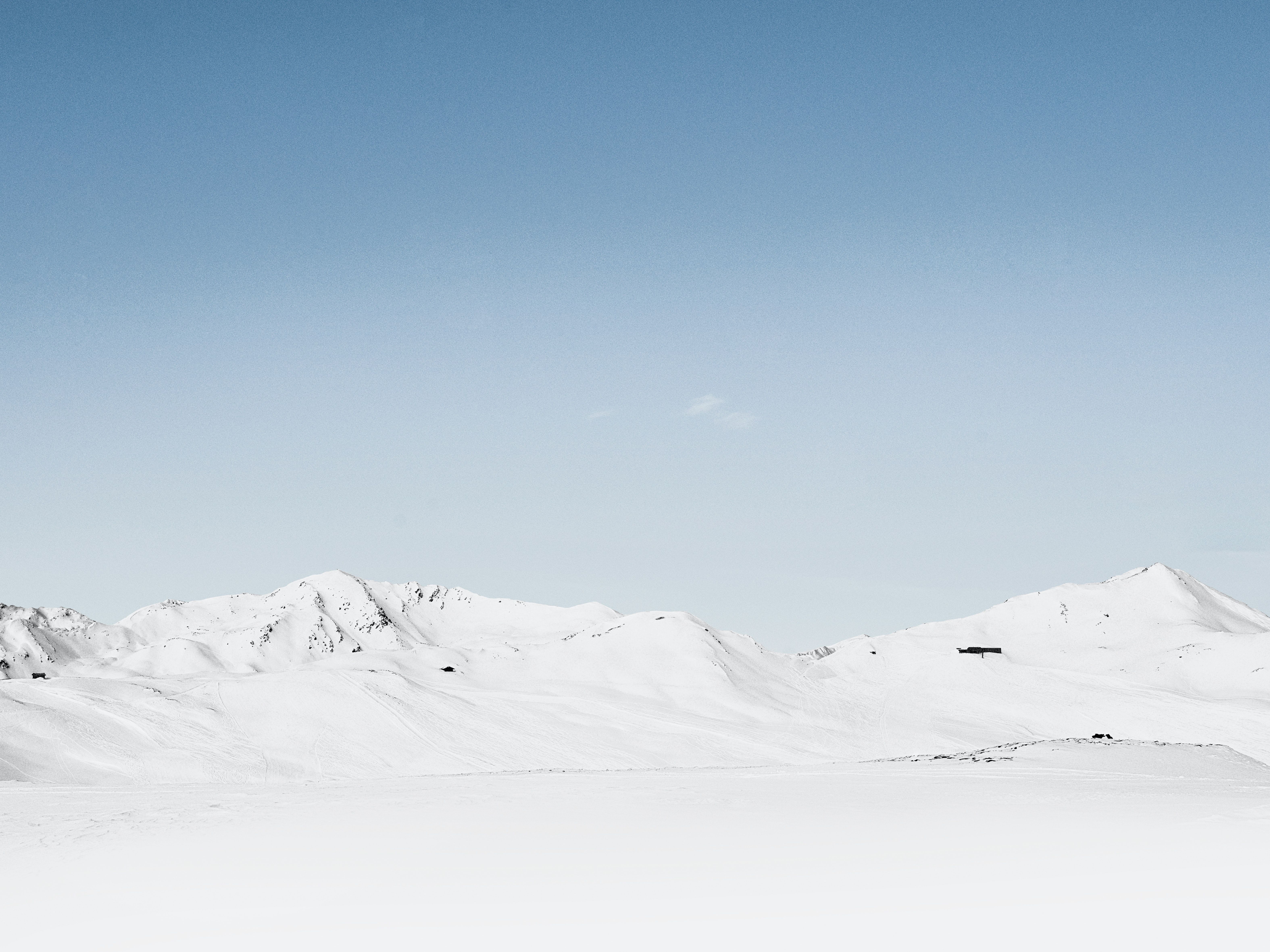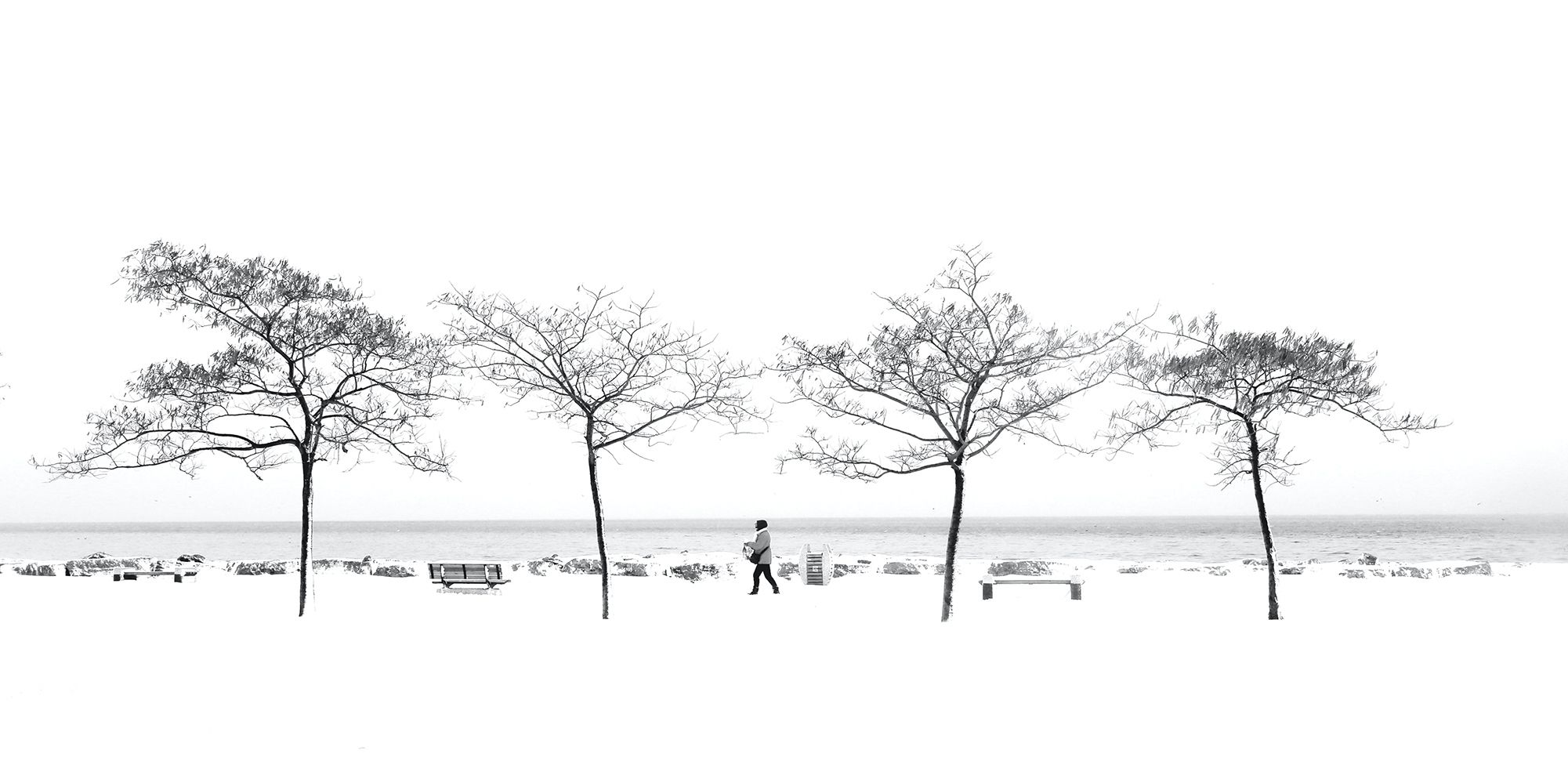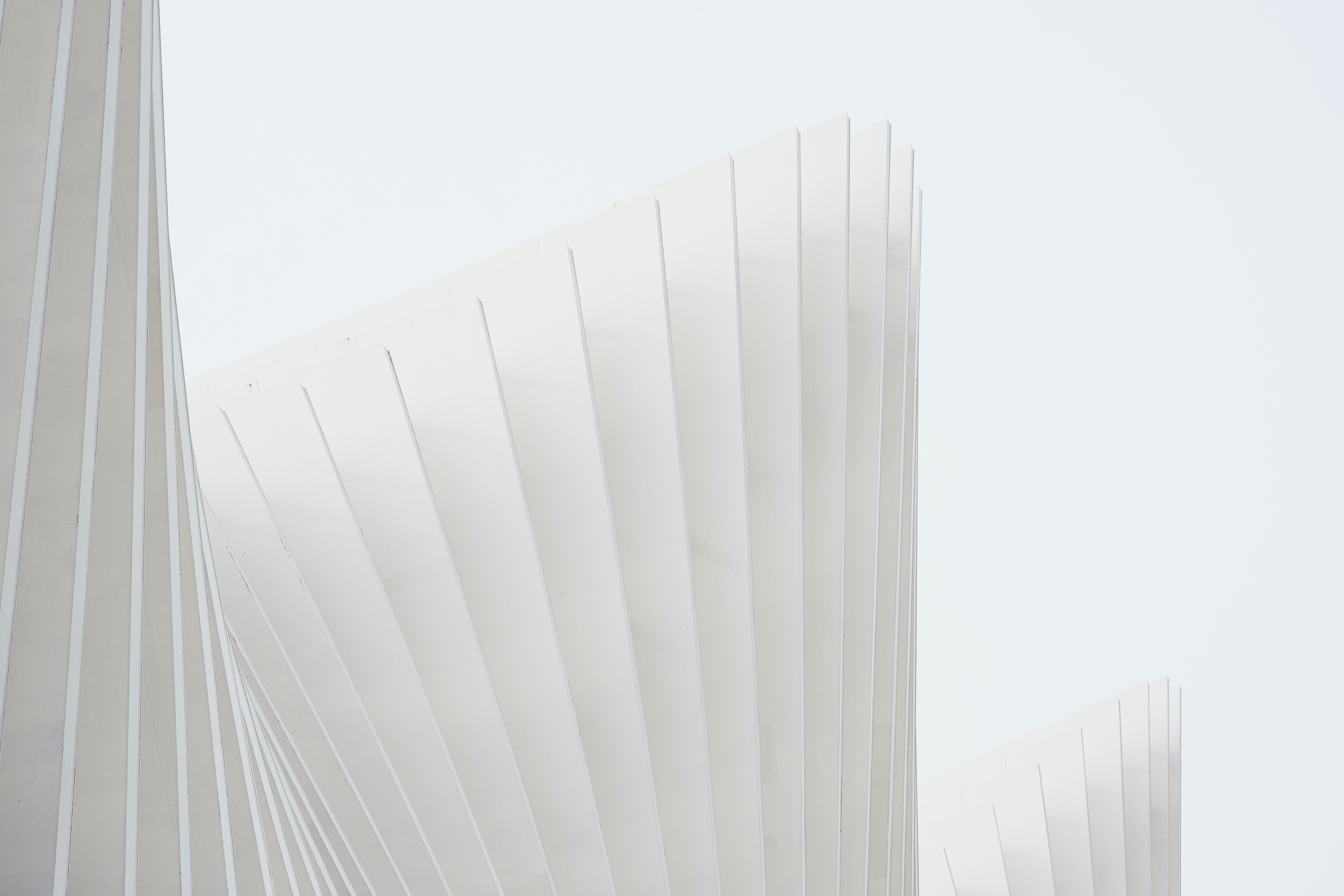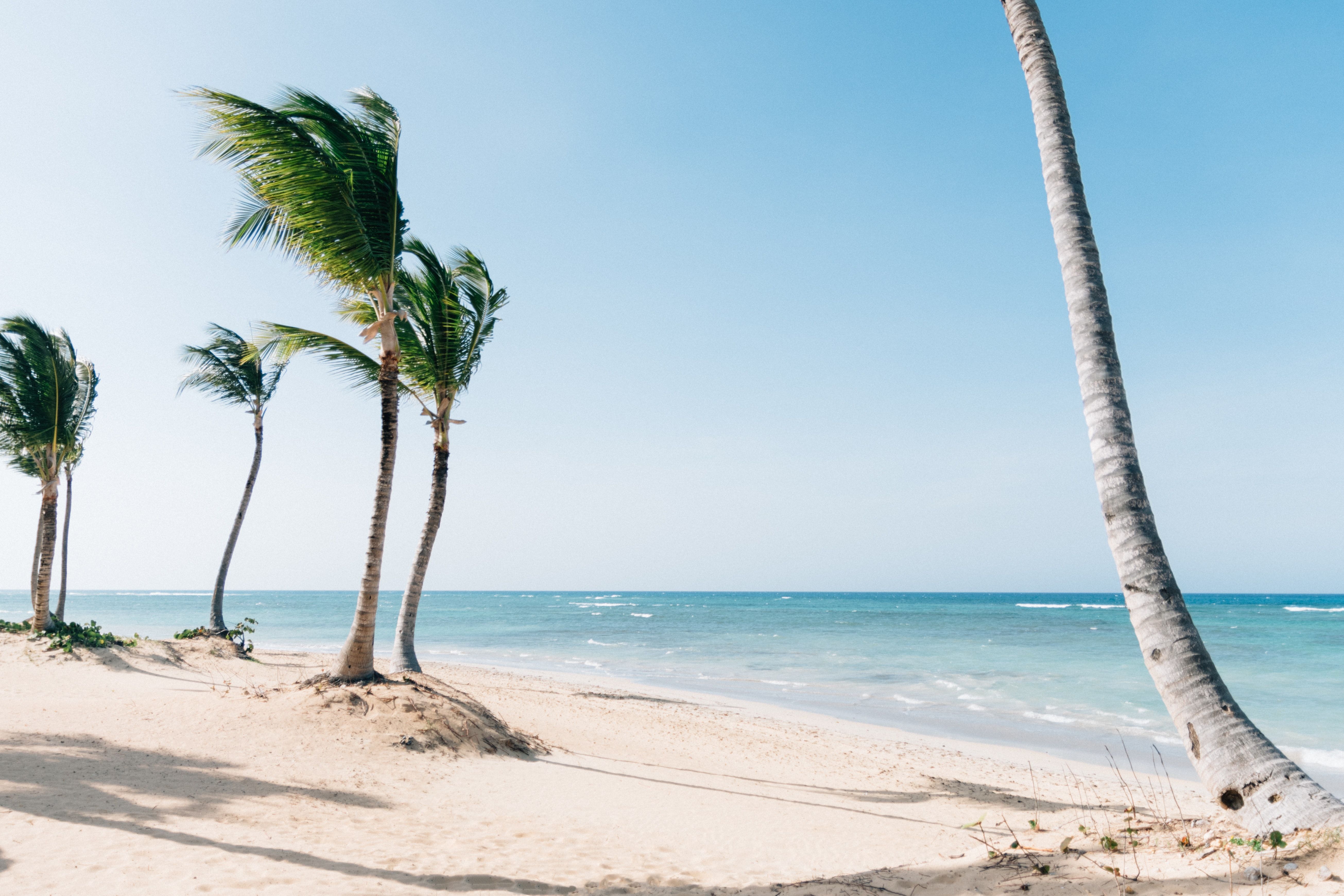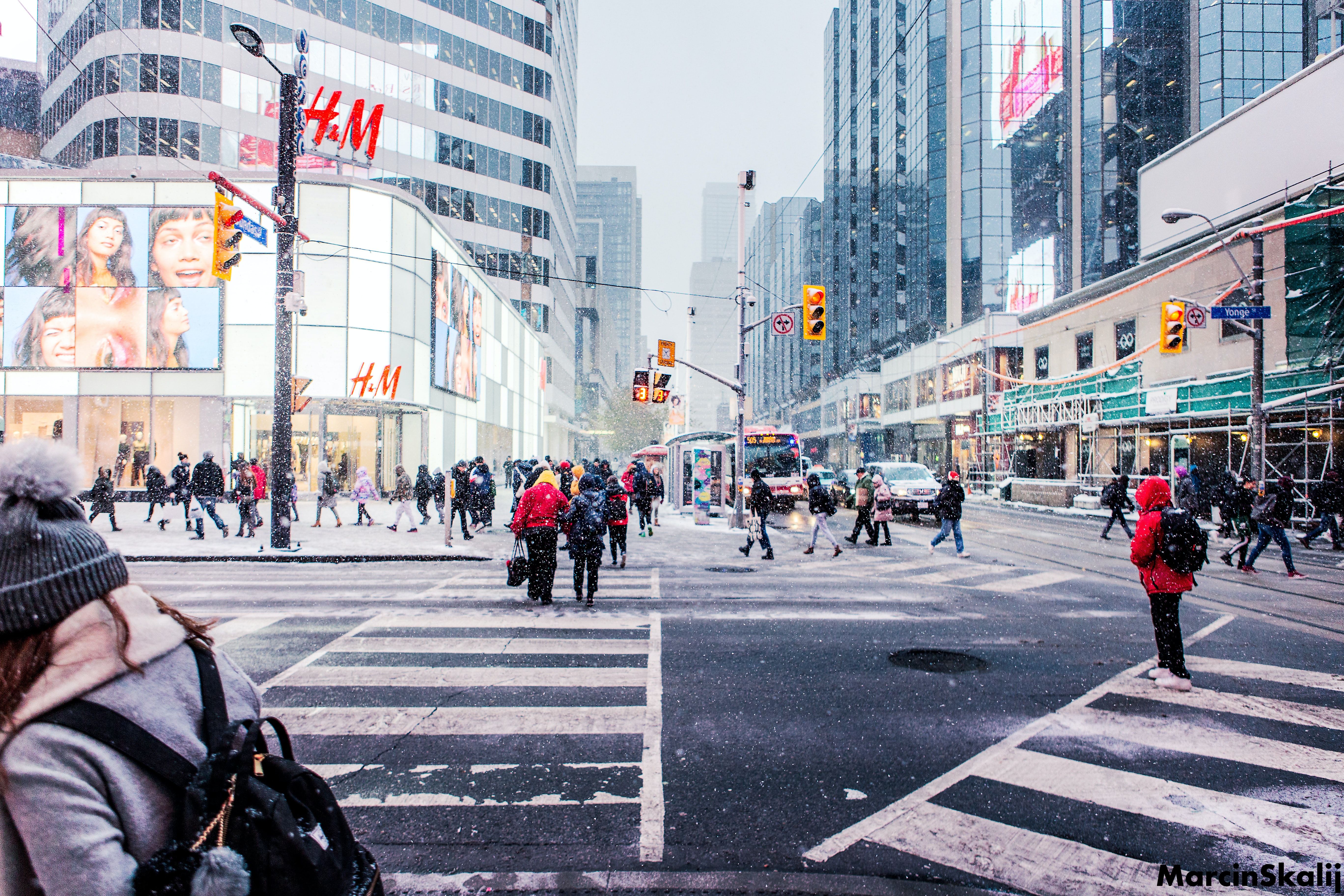When learning to become a better photographer, you’ll often hear the advice that you should avoid overexposing your images. And in many instances, this is true; overexposure can result in lost details and pictures that you cannot get the best edits from.
However, you can also turn overexposure into a creative element—if you know the image style you’re trying to achieve. Getting it right requires practice, but it’s by no means impossible if you’re willing to persist and try new things.
In this article, you’ll learn six ways to creatively use overexposure in your photography.
What Does Overexposure Mean in Photography?
When you overexpose a photo, you let too much light into your camera. Overexposure can occur for several reasons; you might have used a slower shutter speed, for example.
You can also overexpose your images by upping the ISO on your device, and widening your aperture will have a similar effect. Depending on which you use, it can impact your picture in several ways—including having a broader depth of field.
When using your camera, you can easily tell if your image is overexposed. When it is, you’ll notice that the light meter is above the 0 mark. In post-production software, you might see clipping on your highlights in the histogram.
Overexposure is typically something photographers avoid, but you can actually utilize overexposure in a creative way. Here are several scenarios where you might want the light meter to be a bit higher...
1. Snowy Weather
Snowy weather can be a nightmare if you want to get from Point A to B. However, few things are as picturesque as freshly-fallen snow—making it the perfect time to head out and take some pictures.
When you photograph snowy weather, you’ll often find it more useful to overexpose your camera. If you leave your meter around 0, or you don’t let enough light into your camera, the snow and sky can look blue instead of gray or white.
Depending on where you live, you might not have much natural daylight to work with during the winter—and in some instances, you might not have any whatsoever. You’ll need to raise your ISO or use a slower shutter speed to get the desired effect. We recommend using a tripod for the latter, especially if it’s windy.
If you want to try overexposed photos during the winter, remember that some cameras don’t react well to sub-zero temperatures. Consider purchasing a weather-sealed one. We also have a guide with tips for winter photography.
2. Minimalist Photography
Minimalism has become more popular in the 21st century across many parts of the world, and you’ll notice its influence on photography, too. More photographers now focus on reducing the number of subjects in their pictures, enabling them to tell a better story.
Let’s say that you want to adopt a minimalist photography style. In that case, overexposing your pictures can help you create more of a contrast between the background and your subject.
Consider creating a white sky or beach before using something like a bird or person to draw the viewer’s attention toward it.
3. Black and White Photography
Many modern cameras produce excellent colors, and it’s easier than ever for non-professional photographers to make their work look high-quality. But if you want to stand out, you might want to try black and white photography instead.
While you might be used to seeing black and white images with a lot of contrast and punch, overexposing them can create a dreamy effect. You can use it to highlight the brightness on a hot day, and letting more light into your camera can also help make landscapes look even more dramatic.
While you can create this effect on a standard digital camera, trying it with a film one will give you more freedom to be extra creative.
4. Photographing White Buildings
Have you ever photographed a white building, only to discover that it looks yellow, blue, or gray after uploading the picture to your computer? If so, consider overexposing these images.
While many modern cameras produce excellent photos, you must also remember that the device doesn’t always see what your eyes do. You need to think outside the box to determine how you’ll portray what you’re looking at.
Slightly overexposing your images can help your white buildings look more realistic, but be careful not to bump the meter too high.
5. On Sunny Days
Taking photos on a sunny day is difficult for several reasons, and many photographers try to avoid such times. But if you’re willing to get creative, you can take amazing pictures and simultaneously enjoy the good weather.
You can use overexposure to emphasize how bright the sun is, and this will work, especially if you’re facing it. Letting more light into your camera can also create a hazy effect that makes your image look a little softer, along with helping you take more creative portrait shots.
6. Photographing Streets
Street photography is one of the most enjoyable photography genres. And if you happen to live in a large urban area, it’s also one of the most accessible choices. Consider using overexposure in your street shots if you want to create something a little out of the ordinary.
When used creatively, overexposure can help create sharper contrasts between the sky and any people that might appear in your image. Moreover, you can remove any unwanted clouds from the sky—which you might find particularly useful if you’re going for a moodier atmosphere.
Overexposure Isn’t Always a Bad Thing
When used incorrectly, overexposing your images can damage them beyond repair. But in some instances, you might benefit from adding a little extra light. Of course, you’ll need to think about what you want to shoot beforehand—otherwise, you won’t get the desired result when just overexposing anything.
You can overexpose your photos in several ways, and the ideas we gave you barely scratch the surface. Put yourself in various scenarios to see what you can muster.

